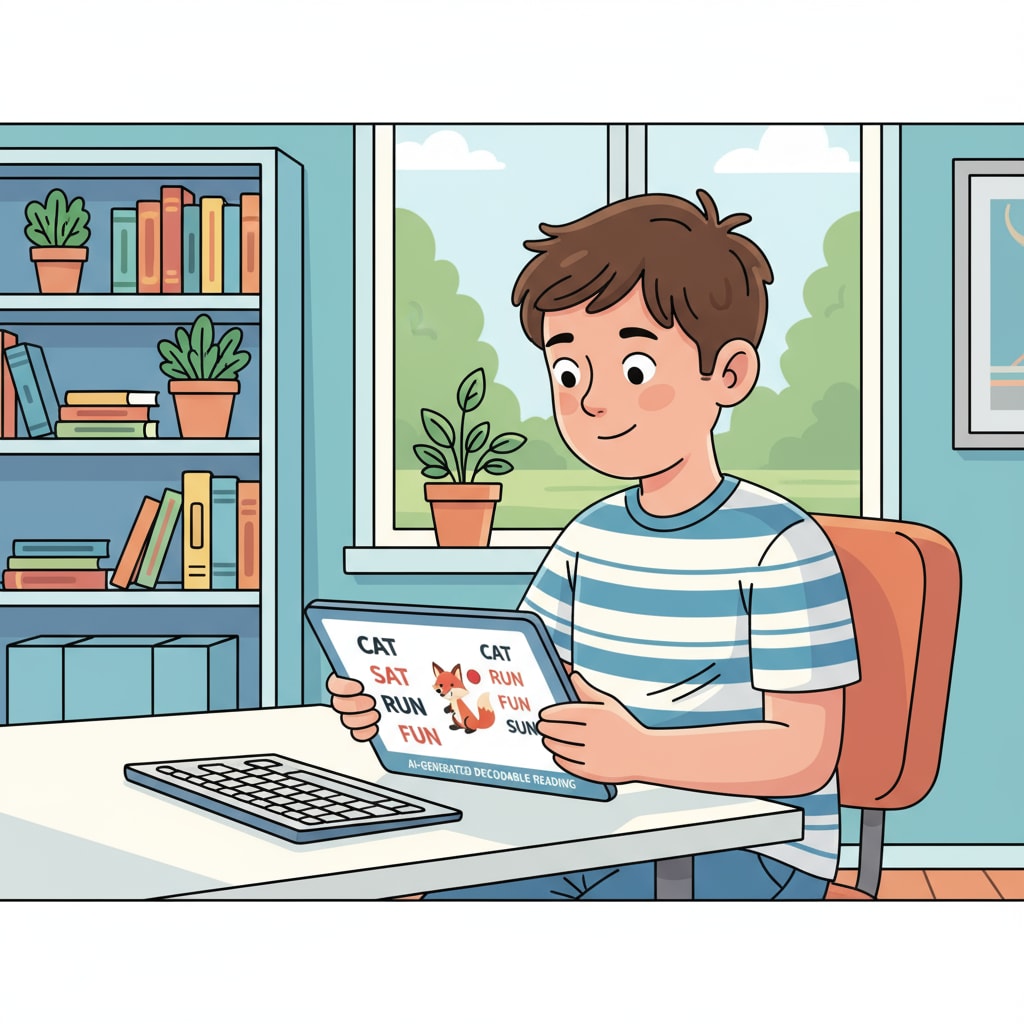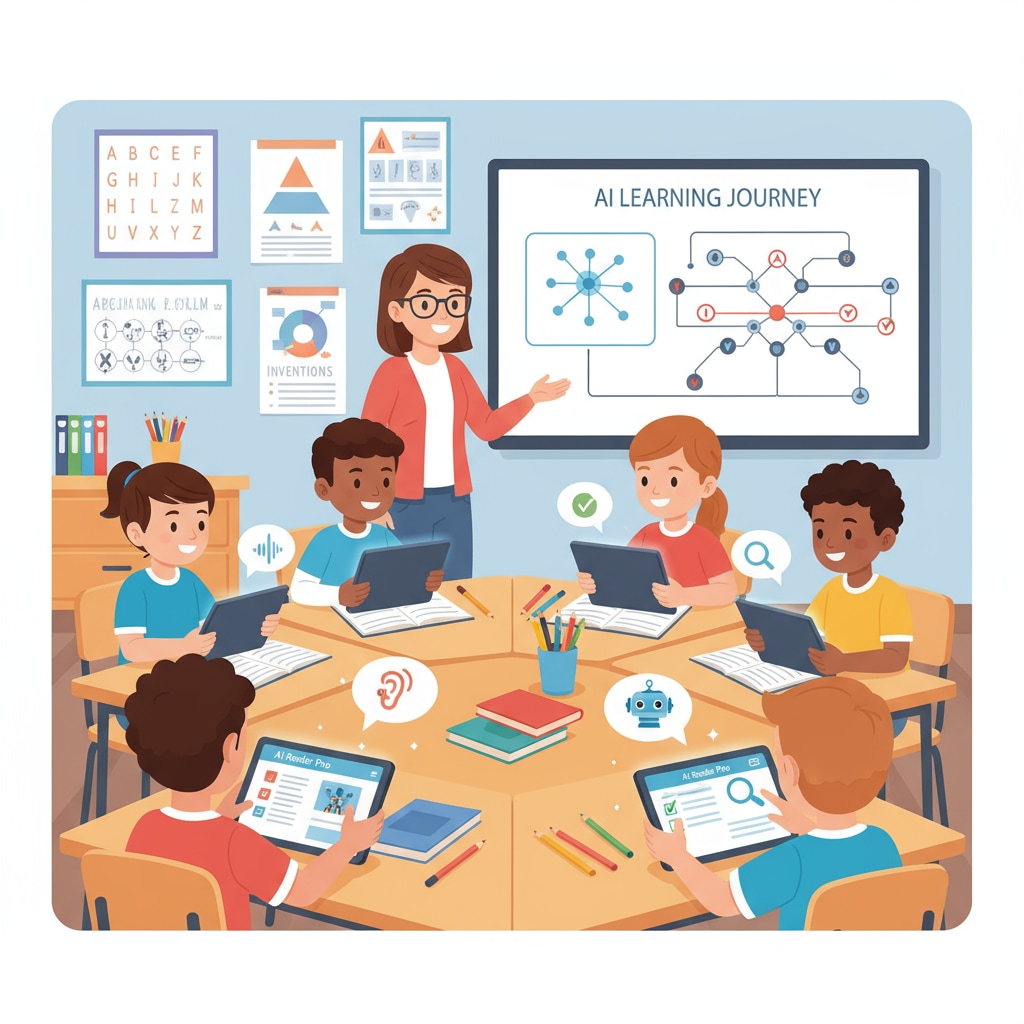AI tools, decodable reading materials, and educational applications are at the forefront of a significant transformation in K12 reading instruction. As artificial intelligence continues to penetrate various aspects of education, the use of AI-generated decodable reading materials is becoming more prevalent. But what exactly are the educational implications of this new development? Let’s delve deeper.

The Rise of AI in Reading Material Generation
AI has made remarkable progress in recent years, and its application in educational content creation is no exception. With the ability to analyze vast amounts of language data, AI algorithms can generate decodable reading materials tailored to different reading levels. For example, Natural Language Processing (NLP) techniques enable AI systems to understand language structures and use them to create engaging and age-appropriate texts. These materials can be customized based on a student’s reading ability, making learning more personalized.
Educational Benefits of AI-Generated Decodable Reading Materials
One of the major advantages is the potential for individualized learning. Every student has a unique learning pace and style. AI-generated materials can adapt to these differences, providing targeted practice. In addition, these materials can be produced in large quantities quickly, which means schools and educators have access to a wider range of resources. This is especially beneficial for schools with limited budgets or those in need of diverse reading materials. Moreover, AI can incorporate interactive elements into the reading materials, such as audio pronunciations and embedded quizzes, enhancing the learning experience.

Another benefit is the consistency in language instruction. AI algorithms can ensure that the reading materials follow specific phonics rules and language patterns. This helps students build a solid foundation in reading skills and reinforces their understanding of language concepts.
Readability guidance: We’ve explored the rise of AI in reading material generation and its educational benefits. Now, let’s turn to the potential challenges.
Potential Risks of AI-Generated Decodable Reading Materials
Despite the numerous advantages, there are also concerns. One issue is the quality control of the generated materials. While AI is powerful, it may still produce errors or texts that lack in-depth understanding of educational contexts. For instance, the content might not fully align with the curriculum standards. Another risk is the potential for over-reliance on technology. If students become too dependent on AI-generated materials, they may miss out on the human touch in learning, such as the guidance and feedback from teachers. Additionally, there are questions regarding the long-term impact of AI on students’ critical thinking and creativity. Will these materials stifle students’ ability to think independently?
As we consider the use of AI-generated decodable reading materials in education, it’s essential to weigh the benefits against the risks. Educational technology should be a tool to enhance learning, not replace the fundamental elements of education. Educators need to be vigilant and make informed decisions to ensure that these materials are used effectively in the classroom.


